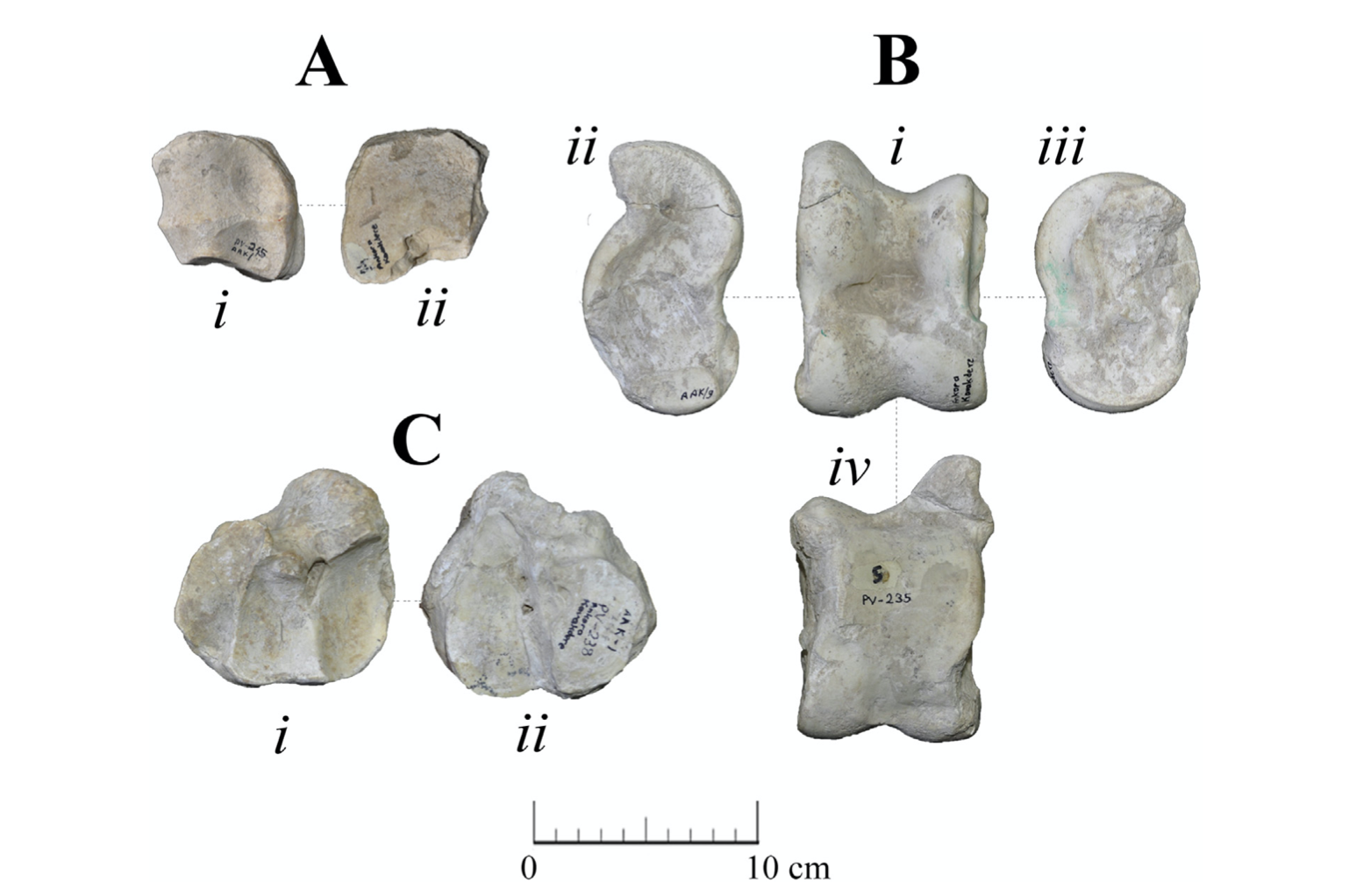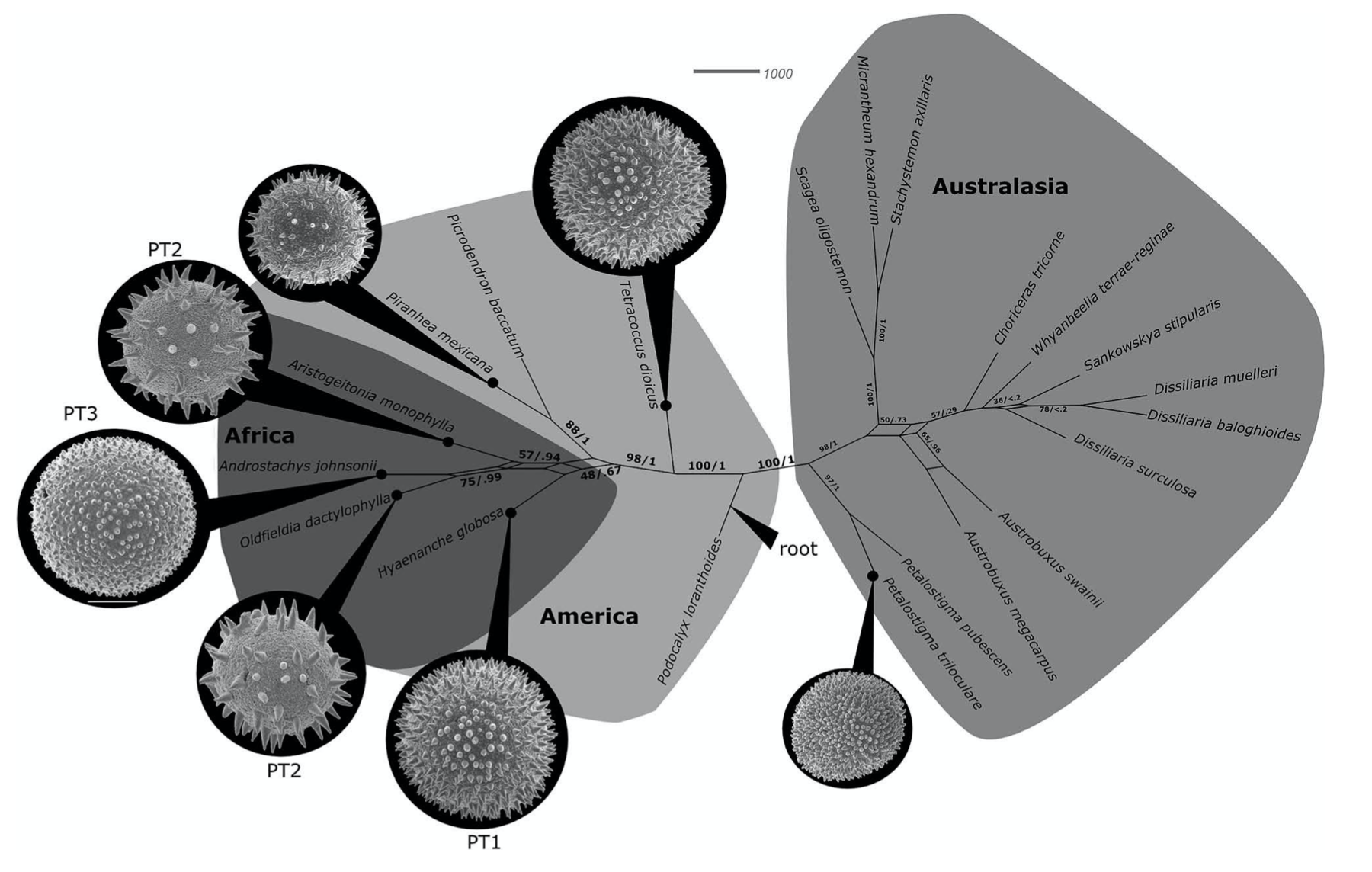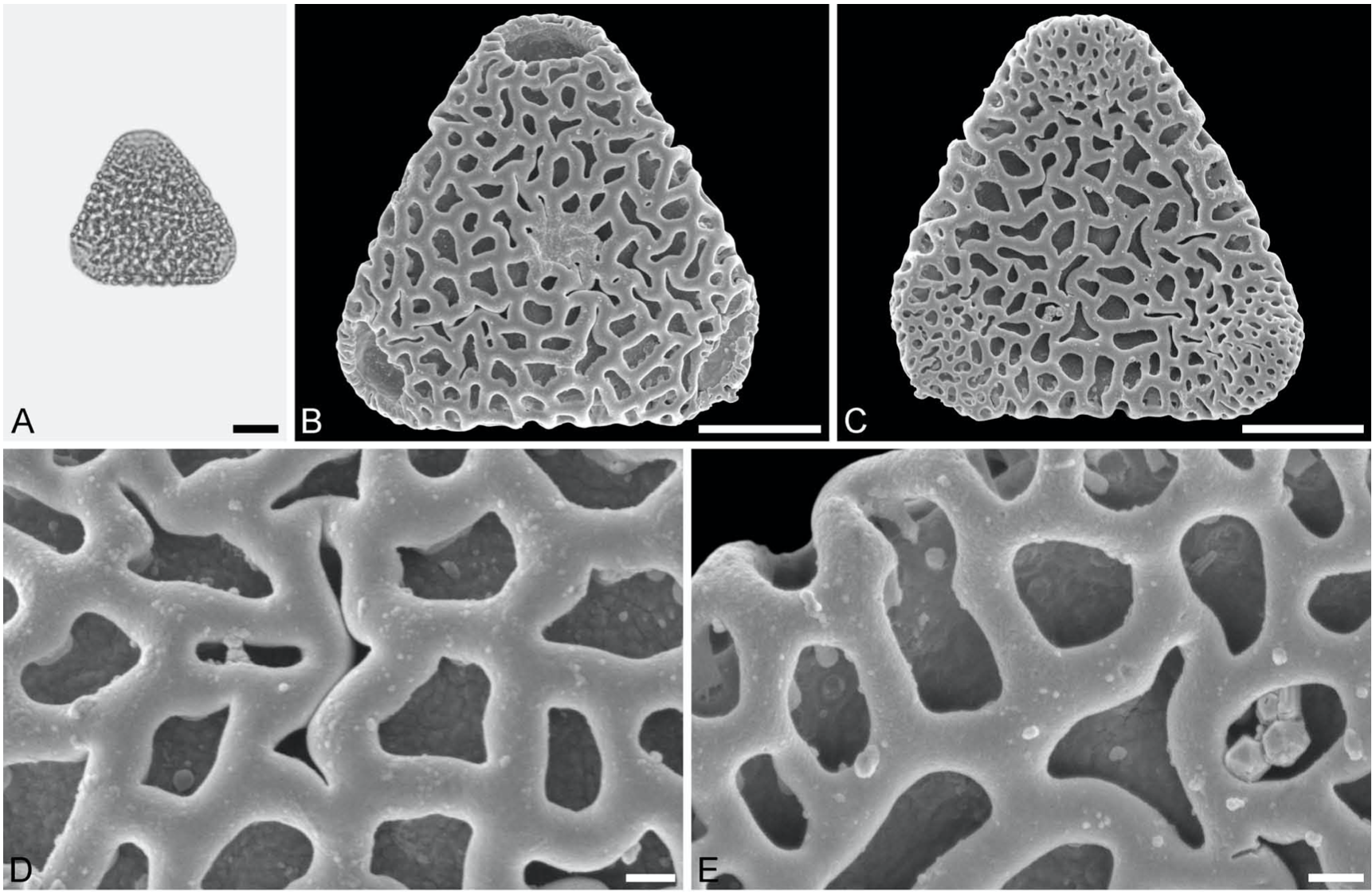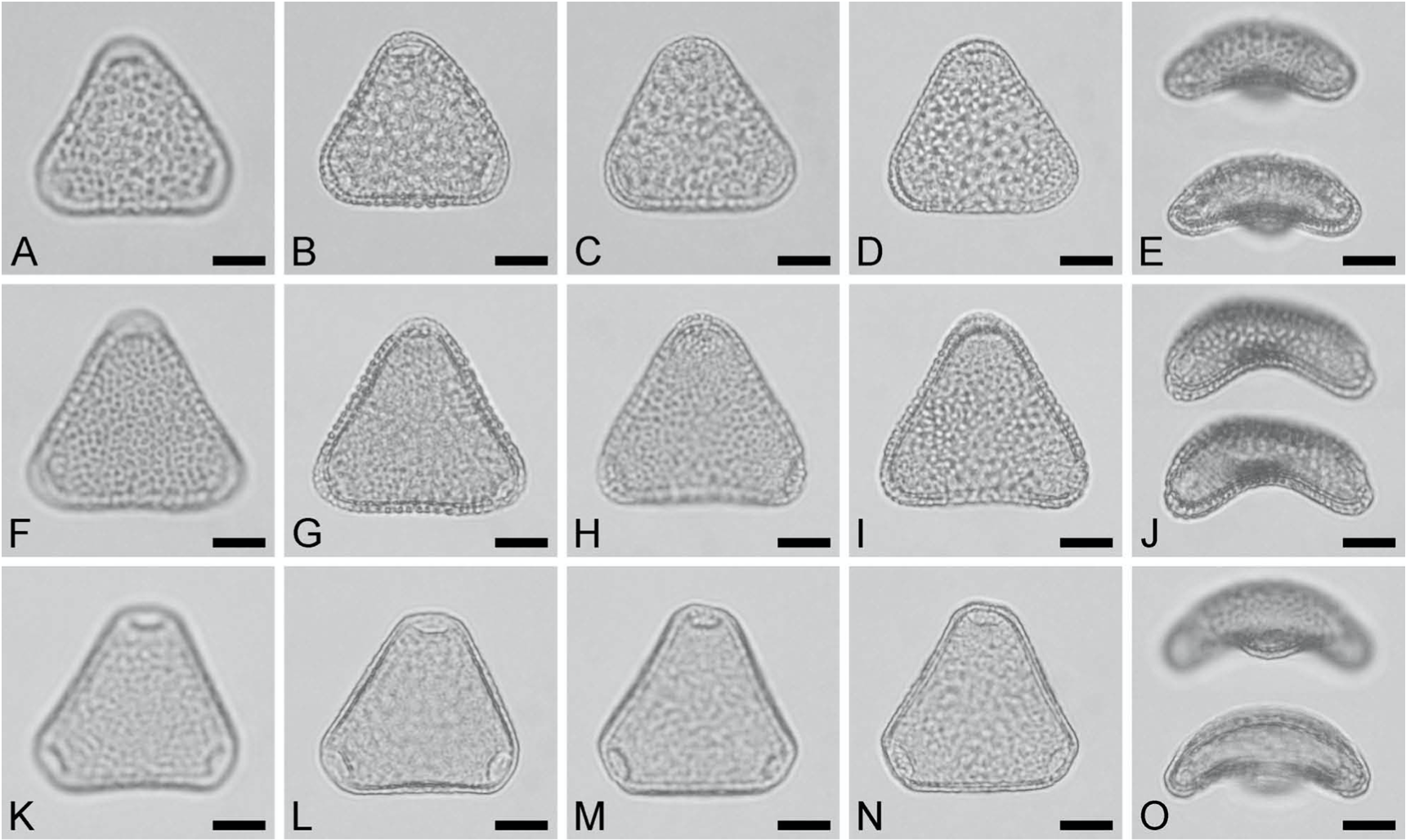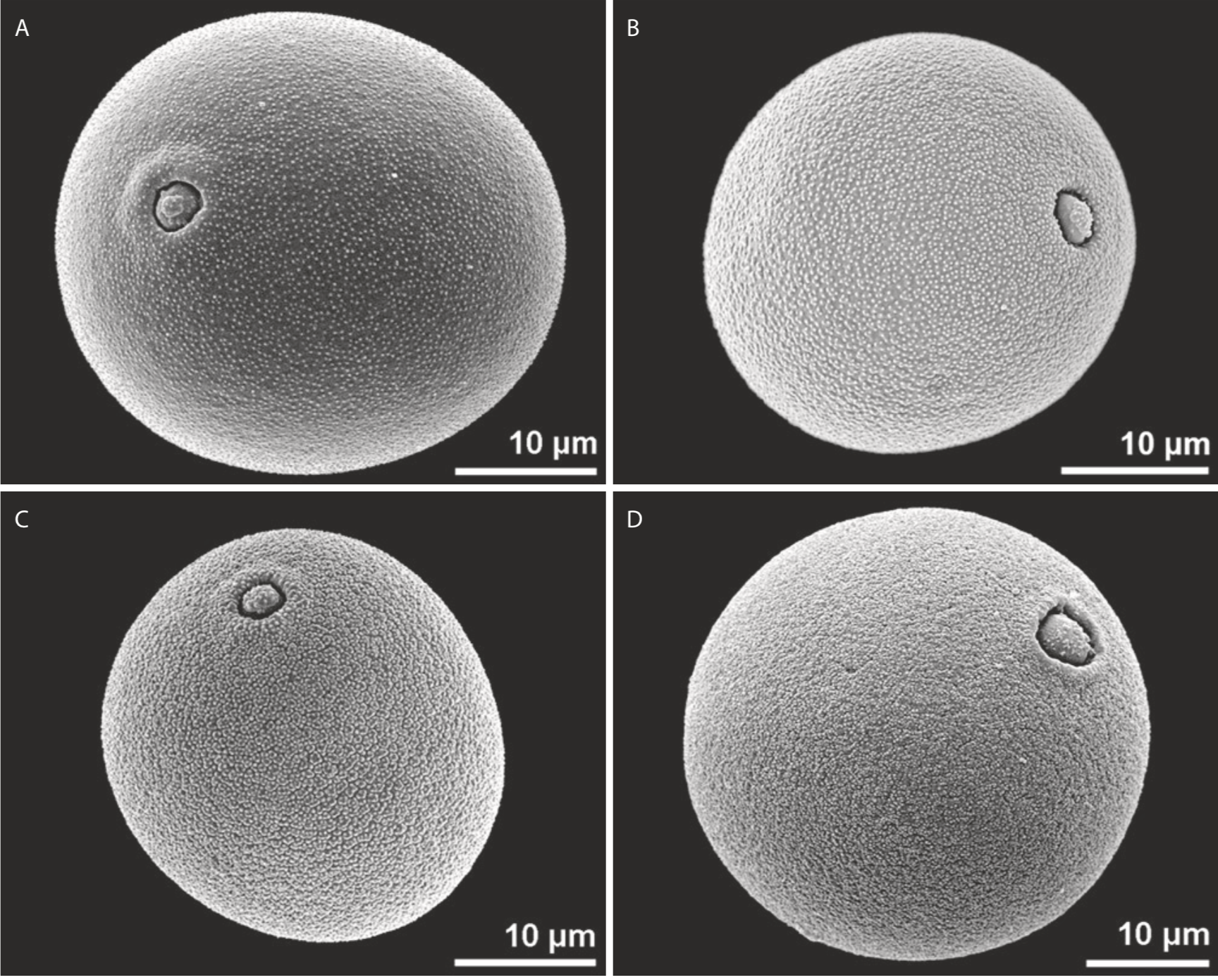Authors: Friðgeir Grímsson, Reinhard Zetter, Guido W. Grimm, Gunver Krarup Pedersen, Asger Ken Pedersen, Thomas Denk
In this paper we document Fagaceae pollen from the Eocene of western Greenland. The pollen record suggests a remarkable diversity of the family in the early Cenozoic of Greenland. Extinct Fagaceae pollen types include Eotrigonobalanus, which extends at least back to the Paleocene, and two ancestral pollen types with affinities to the Eurasian Quercus Group Ilex and the western North American Quercus Group Protobalanus. In addition, modern lineages of Fagaceae are unambiguously represented by pollen of Fagus, Quercus Group Lobatae/Quercus, and three Castaneoideae pollen types. These findings corroborate earlier findings from Axel Heiberg Island that Fagaceae were a dominant element at high latitudes during the early Cenozoic. Comparison with coeval or older mid-latitude records of modern lineages of Fagaceae shows that modern lineages found in western Greenland and Axel Heiberg likely originated at lower latitudes. Further examples comprise (possibly) Acer, Aesculus, Alnus, Ulmus, and others. Thus, before fossils belonging to modern northern temperate lineages will have been recovered from older (early Eocene, Paleocene) strata from high latitudes, Engler’s hypothesis of an Arctic origin of the modern temperate woody flora of Eurasia, termed ‘Arcto-Tertiary Element’, and later modification by R. W. Chaney and H. D. Mai (‘Arcto-Tertiary Geoflora’) needs to be modified.
